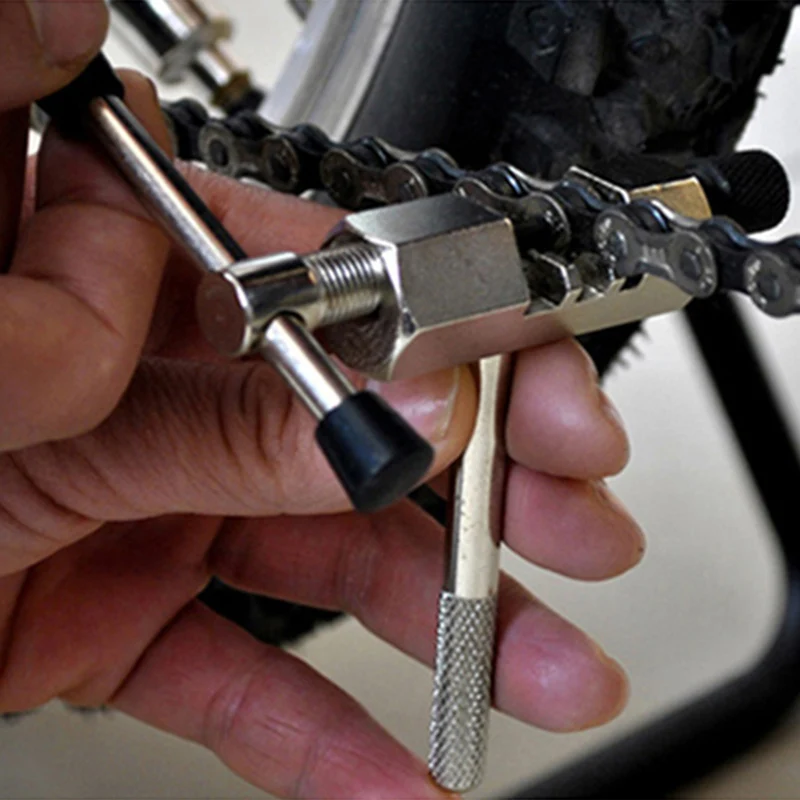At Carbide Tool, we have been the industry leader in developing cost saving programs to repair our customers indexable cutting tools, end mills and all milling tools for over 30 years. We are the nation’s largest indexable repair house operating out of a state of the art 22,000 square foot facility in Anoka, Minnesota. We are certified by the Women’s Business Enterprise National Council as a 100% Women Owned Business. We protect your company’s investments by repairing your cutting tools back to OEM specifications for a fraction of the cost versus replacing with a new tool. We are proud of the work we do every single day that helps minimize your company’s downtime. If you’re looking for a quick turnaround for your indexable tool repair services or tool reconditioning, we can save you time, money and a lot of equipment downtime! All of our cutting tools and end mills are remanufactured to original specifications and perform like a brand-new tool due to our proprietary repair services.
Your milling cutter, end mill or damaged indexable tools are in good hands with our repair services and tool reconditioning teams. We offer modifications to existing tools as well to meet any of your needs. Modifications include tool pocket geometries and tool dimensions. All repairs come with a 100% satisfaction guarantee!
Before and After Photos (Move your mouse over image to zoom.)
Our repair services will save you time and money versus new tool cost. All milling cutters and end mills are brought back to OEM specifications including original harness. On average we save our customers around 50%-90% compared to the replacement cost of a new cutting tool. Our goal is to provide you with a quality repair on indexable tooling that saves you time and money. CTS is here to get your indexable end mills and milling cutters back to you in a timely manner by offering standard and expedited delivery services on all repairs.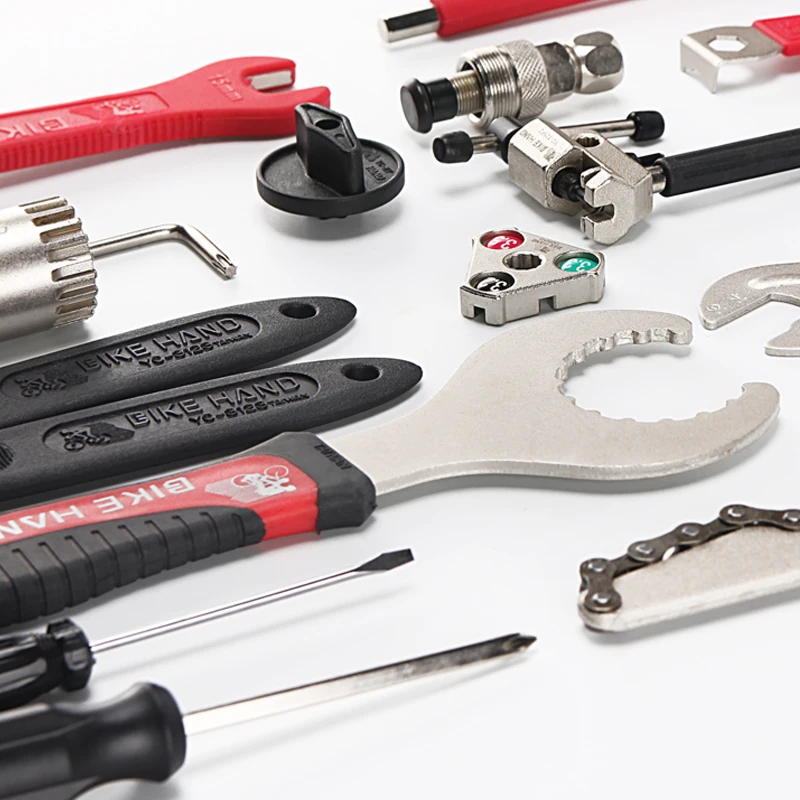
We repair all major brands of cutting tools with indexable pocket.
Sandvik
Kennametal
Widia
Ingersoll
Sumitomo
Tungaloy
Komet
Greenleaf
Ceratizit
Iscar
UltraDex
Arch
Carboloy
Seco
Fuji Seiko
Valenite
Mitsubishi
Waukesha
Walter
Lovejoy
Dormer Pramet
Stellram
Contact our experienced and dedicated team with questions about our repair services. Contact Information – Carbide Tool Services, Inc.
We understand that everyday your equipment or machinery is down, you are losing time and money. Our motto is: "No Line Down." Our indexable tool repair program, tool reconditioning and product delivery services are based on your company’s needs. Carbide Tool has become the leader in our industry by providing quality work in record time. CTS offers a wide range of delivery options from rush services of 24-hour turnaround to our standard lead times.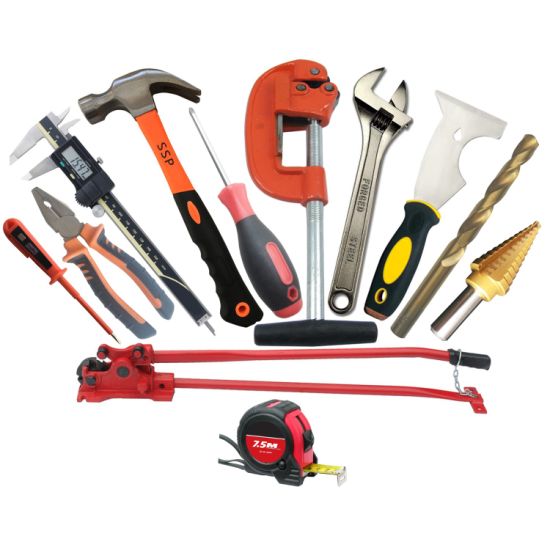 Contact us for more information on how we can meet your special delivery needs.
Contact us for more information on how we can meet your special delivery needs.
If you have emergency repair need, we are available 24/7 to meet those needs. Our emergency repair service starts the second you use our emergency contact email: Emergency Service Request – Carbide Tool Services, Inc. Upon receipt of your email, you are assigned a dedicated representative from our Carbide Tool Sales team to assist you throughout the process. 24 hours/day, one of our representatives will respond to you with instructions to begin our Emergency Repair process. We go beyond just repair services at CTS. We offer actual real time, human customer service. We are dedicated to taking care of our customers by offering the best indexable tool repair and tool reconditioning services with the fastest turnaround times, while providing first class customer service.
Contact us today to see how Carbide Tool can save your company money and downtime with our high performance, state of the art proprietary repair services and tool reconditioning on indexable tools, end mills, milling tools and milling cutters.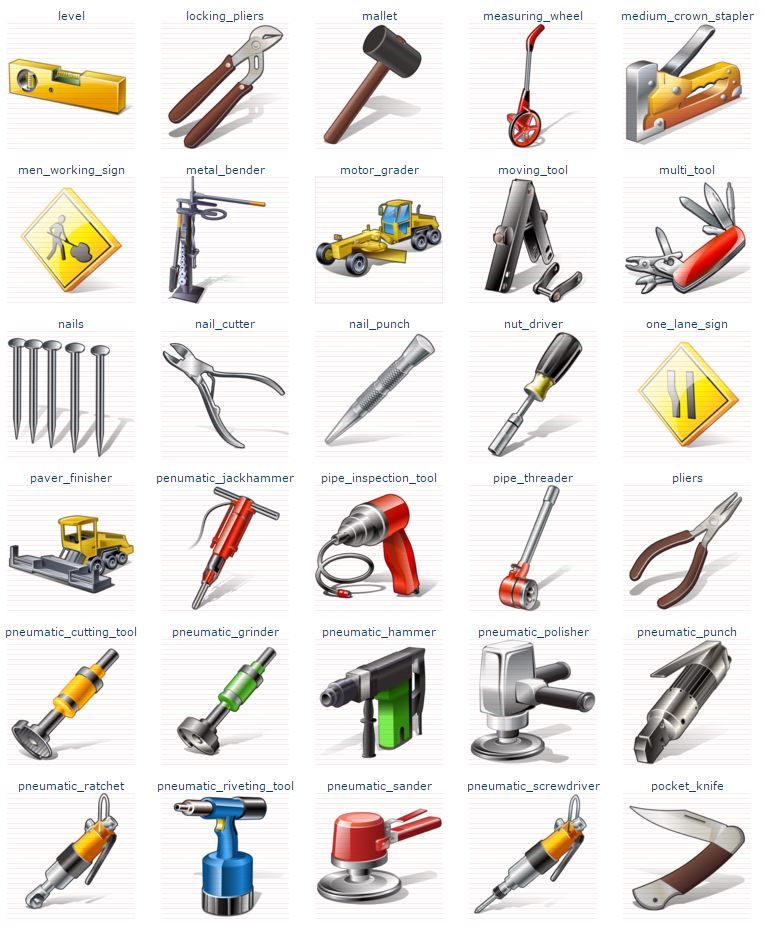
Valley Tool, located in Appleton, Wisconsin proudly provides indexable tool repair services, returning your indexable tooling to “like new” condition for less than 50% of brand-new replacement costs, regardless of the manufacturer! A customer who is using a customized indexable tool can save up to 70% of the new replacement cost!
Valley Tool’s indexable tool repair service saved customers millions of dollars every year! If your damaged tools are going in the trash, so are thousands of dollars of potential savings! Nearly every indexable tool can be repaired at a savings of 50-70% or more over new tool cost, including: drills, face mill tools, end mills, boring bars, boring heads, turning tools, lathe tools, spade drills, special blueprint tooling, and other drilling and milling tools!
If it has an indexable pocket, we can repair it regardless of the brand!
Repair costs are determined by evaluating the tool insert pocket(s), screw hole(s), and/or body damage by estimating the time it will take to repair and recalibrate it to the original manufacture specifications.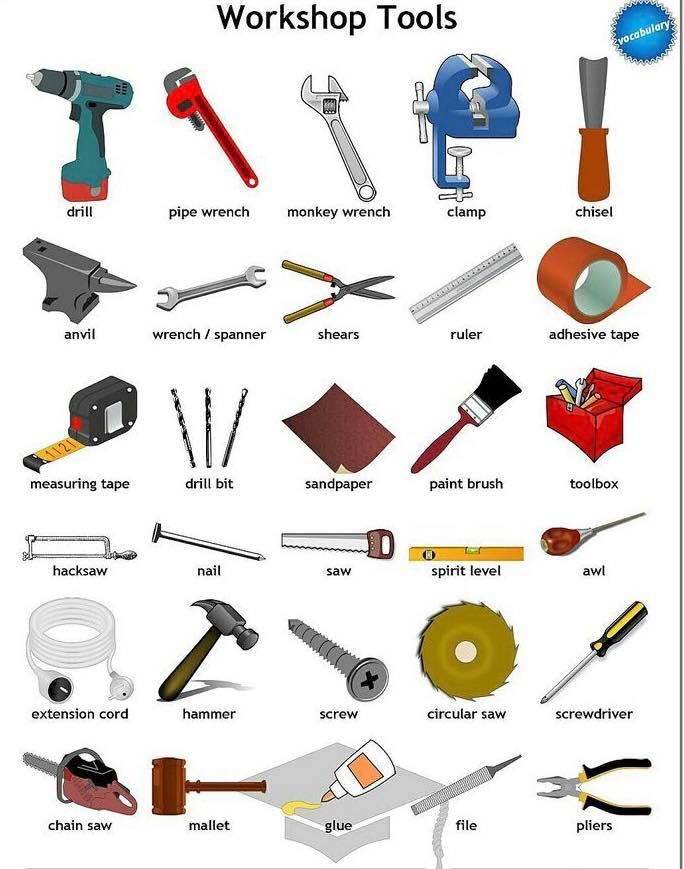 After the tools are quoted, we give our guarantee that we will perform no work until we are given an authorization to proceed with your indexable tool repair project. The tool repair technicians are deeply knowledgeable, experienced, and committed to providing the best and fastest tool repair service in the industry.
After the tools are quoted, we give our guarantee that we will perform no work until we are given an authorization to proceed with your indexable tool repair project. The tool repair technicians are deeply knowledgeable, experienced, and committed to providing the best and fastest tool repair service in the industry.
If you are interested in taking advantage of our indexable tool repair program, we ask that you send each tool with spare parts so we can bring your tooling back to its original state! Valley Tool is committed to providing you the fastest turnaround in the industry. Send tooling to the address listed below:
Valley Tool
Attn: Repairs
3313 E. Goodland Drive
Appleton, WI 54911
REPAIR YOUR INDEXABLE TOOLS with Valley Tool.
Simply place your damaged indexable tools in a box.
Ship your tools the most convenient way to
Valley Tool!
Receive an indexable tool quote for approval.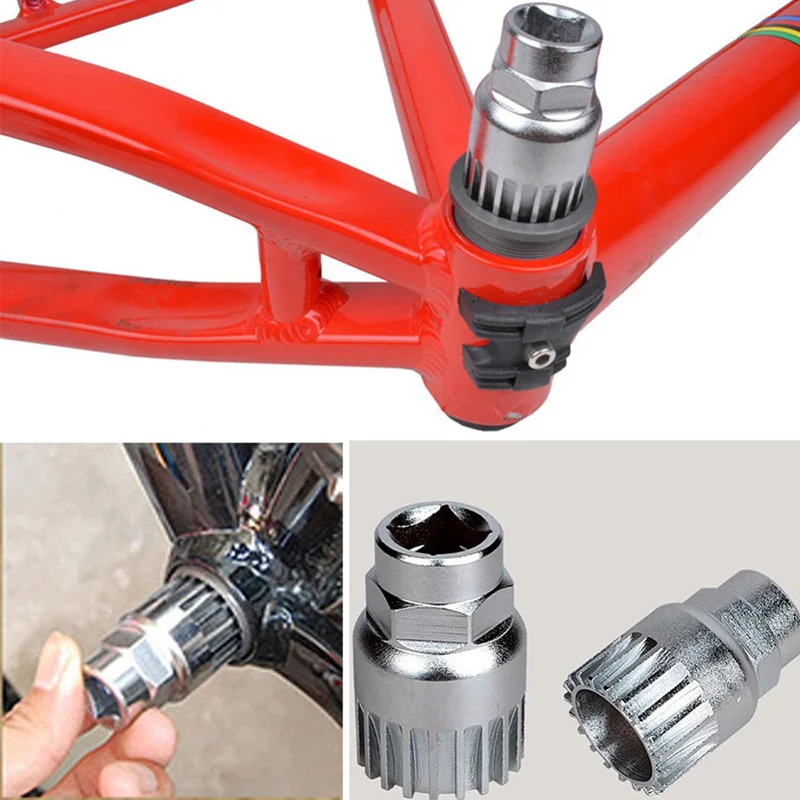
Receive your tools back to factory specs to 'like new' performance - Fastest turnaround in the industry.
no pre-sorting. no stress. no surprises.
SHIP TOOLS TO: VALLEY TOOL • ATTN: REGRINDS
3313 E. Goodland Drive • APPLETON, WI 54911
Need a little extra help with an application or a first-time run? Our sales and engineering staff travel to customer’s facilities to provide face to face support.
 734.1749
734.1749 Monday – Thursday:
7:30 AM – 4:30 PM
Friday:
7:30 AM – 3:30 PM
© All rights reserved • Maintained by Packerland Websites
Cutters become dull during use.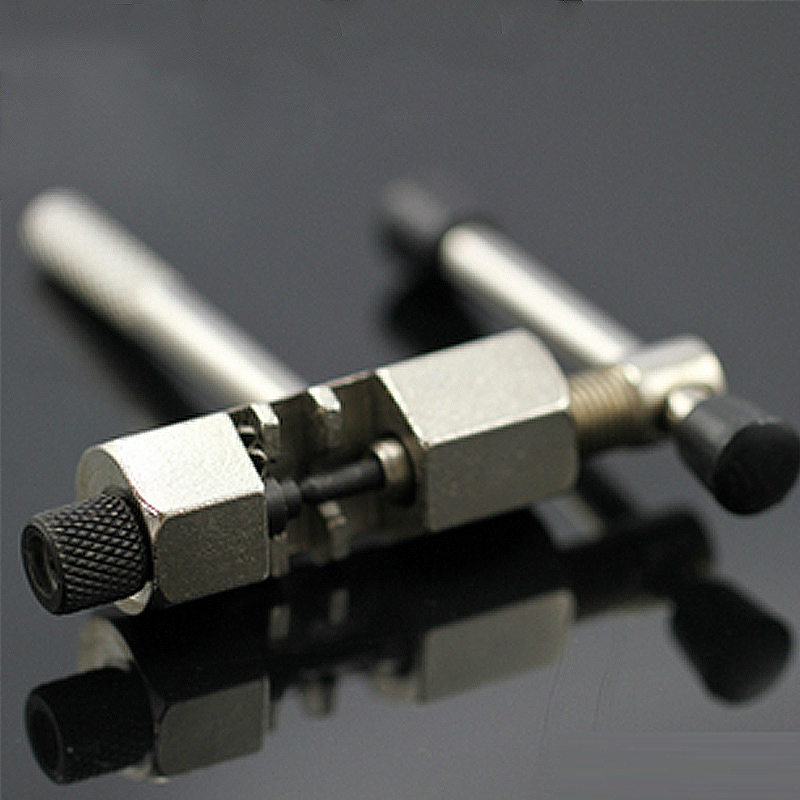 Having become blunt, they begin to tear, crush and crumble the wood. The processed surface looks rough, careless and unattractive. The incisors become blunt and deteriorate also from careless storage and misuse. A good craftsman keeps his tool sharp in special cases or holders, always ready to work. He must be able to sharpen and fill it himself. The basis of proper sharpening is chamfering.
Having become blunt, they begin to tear, crush and crumble the wood. The processed surface looks rough, careless and unattractive. The incisors become blunt and deteriorate also from careless storage and misuse. A good craftsman keeps his tool sharp in special cases or holders, always ready to work. He must be able to sharpen and fill it himself. The basis of proper sharpening is chamfering.
Fig. 1. Devices for sharpening cutting tools
You can sharpen a cutting tool on an electric grinder (Fig. 1a), a grinder with a manual drive (Fig. 1b) and manually on abrasive wheels and bars (Fig. 1c and Fig. 1d). The fastest and most convenient sharpening on an electric grinder. This is a metal shaft, on one or both sides of which you can install replaceable abrasive and finishing wheels. The shaft is driven by an electric motor. When sharpening, we hold the cutter in the right hand at a slight angle to the circle and evenly press it, supporting it with the left hand (Fig.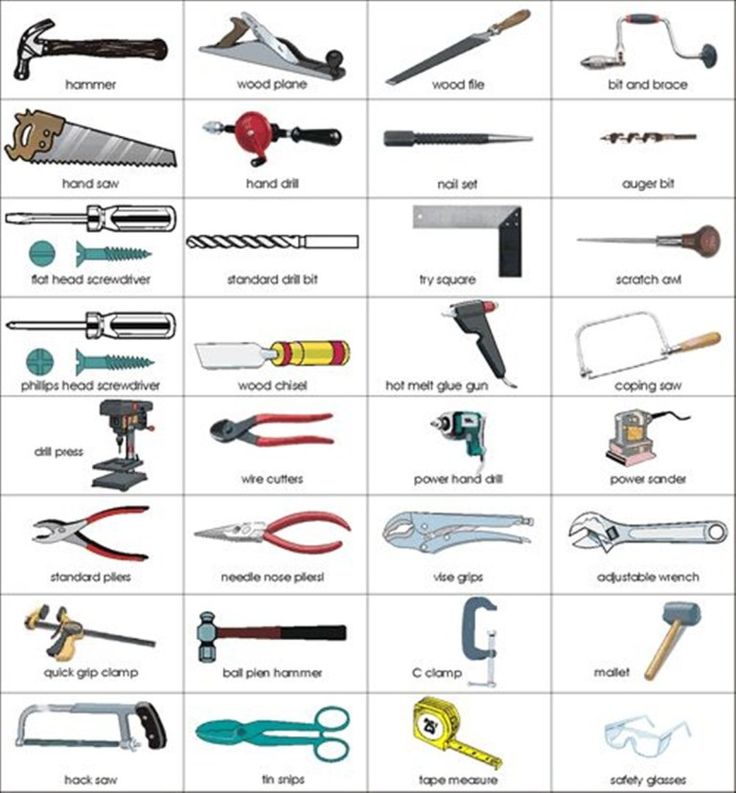 2).
2).
Fig. 2. The position of the hands on the cutter when sharpening it on an electric grinder
The chamfer must be removed equally across the entire width of the cutting tool.
We sharpen the cutters on a wet whetstone until burrs form on the opposite side. If the burrs are insignificant - in the form of thin and even strips, then sharpening is considered satisfactory. Large and large burrs are formed with strong pressure on the cutter, so it must be pressed against the circle tightly, but not hard. With the appearance of burrs, we replace the abrasive wheel of the electric grinder with a fine-grained one and continue to work, making the burrs insignificant. Do not overheat steel. Do not forget to periodically moisten it and the grinding wheel with water. To avoid overheating of the steel, do not sharpen the cutter blade to maximum sharpness. It is better to do it manually during editing.
When sharpening the cutters, the sharpening angle must be maintained.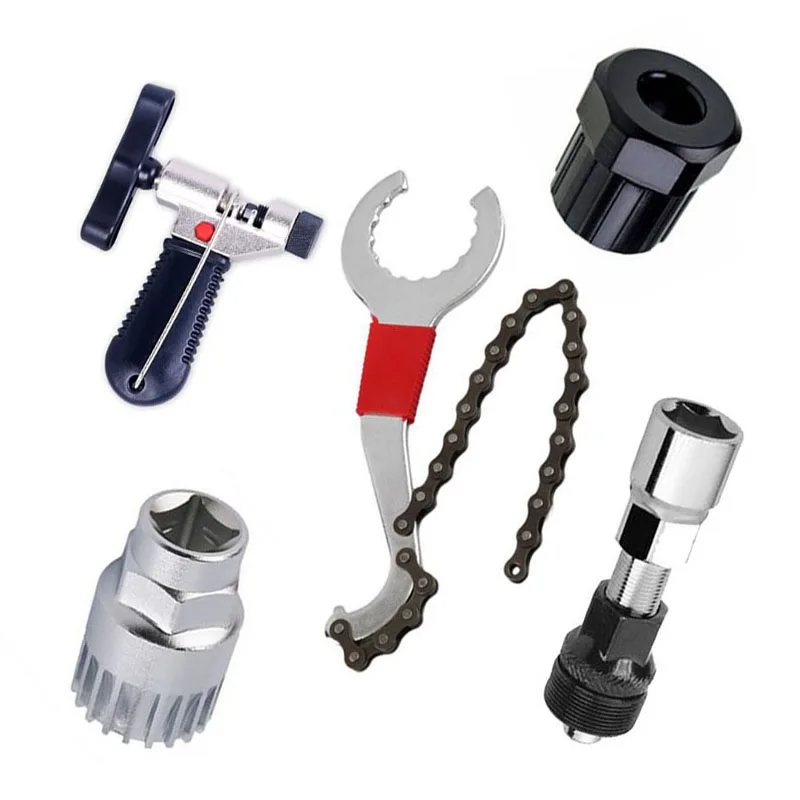 In this regard, the stop and platform must be movable (Fig. 3), it is good to have several platforms with different angles.
In this regard, the stop and platform must be movable (Fig. 3), it is good to have several platforms with different angles.
Fig. 3. Mobile stop device
We install a suitable abrasive wheel, set the desired angle of sharpening the cutter blade, fix the stop and the platform so that there are no vibrations and even weak movements. We turn on the electric motor and proceed to sharpening the cutter. In order for sharpening to occur evenly in one plane and across the entire width, we shift the cutter blade from left to right and back (Fig. 4a). This applies to flat incisors and kosyachkov. We turn semicircular incisors evenly, lifting the back part (Fig. 4b).
Fig. Fig. 4. The position of the cutters when they are sharpened on an electric sharpener
We sharpen cutters with a complex profile on specially dressed whetstones. Since special tools and skill are required to fill stones, we advise the novice craftsman to sharpen such a tool in a special workshop or by hand, as described below.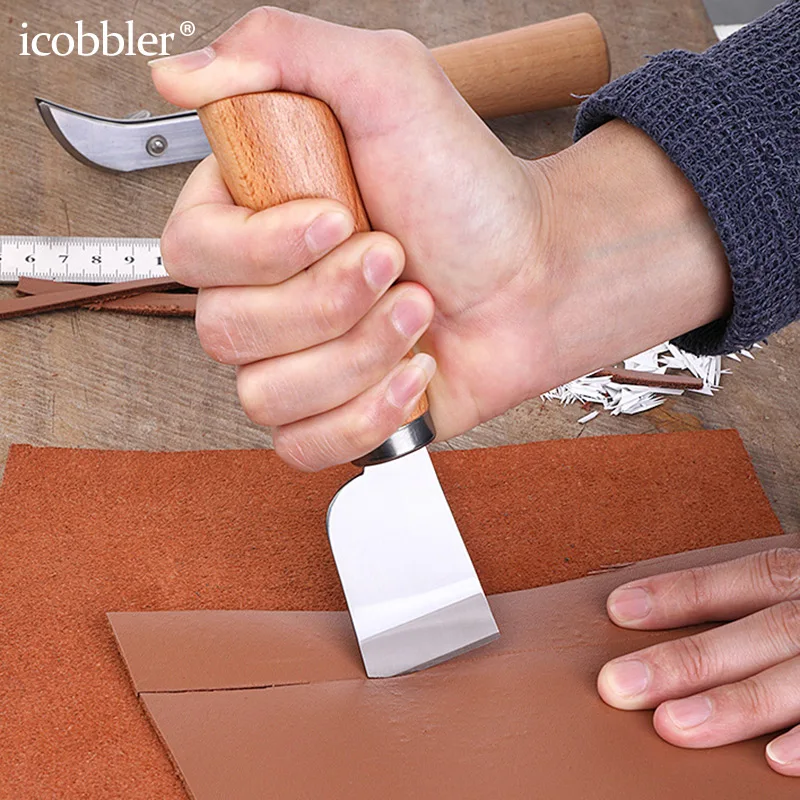 Instead of an electric grinder, you can adapt an electric drill.
Instead of an electric grinder, you can adapt an electric drill.
Sharpening of cutters on hand sharpeners does not differ from that described above. For a novice master, it is even preferable, as it allows you to avoid many hard-to-correct mistakes. Here you may need an assistant who will rotate the grindstone.
Manual sharpening of cutting tools is carried out on simple and profiled bars of various hardness and grain size. The bars should be moistened with a few drops of kerosene or water.
Fig. 5. Board with a set of profiled bars and whetstones
6. Sharpening of cutters on an abrasive block
There are sharpening of cutting tools with rectilinear and circular movements. In the first case, the cutter is taken by the handle with the right hand and placed with a chamfer tightly on the bar. With the left hand, they press it against the bar and evenly move it back and forth and along the bar, maintaining the sharpening angle (Fig.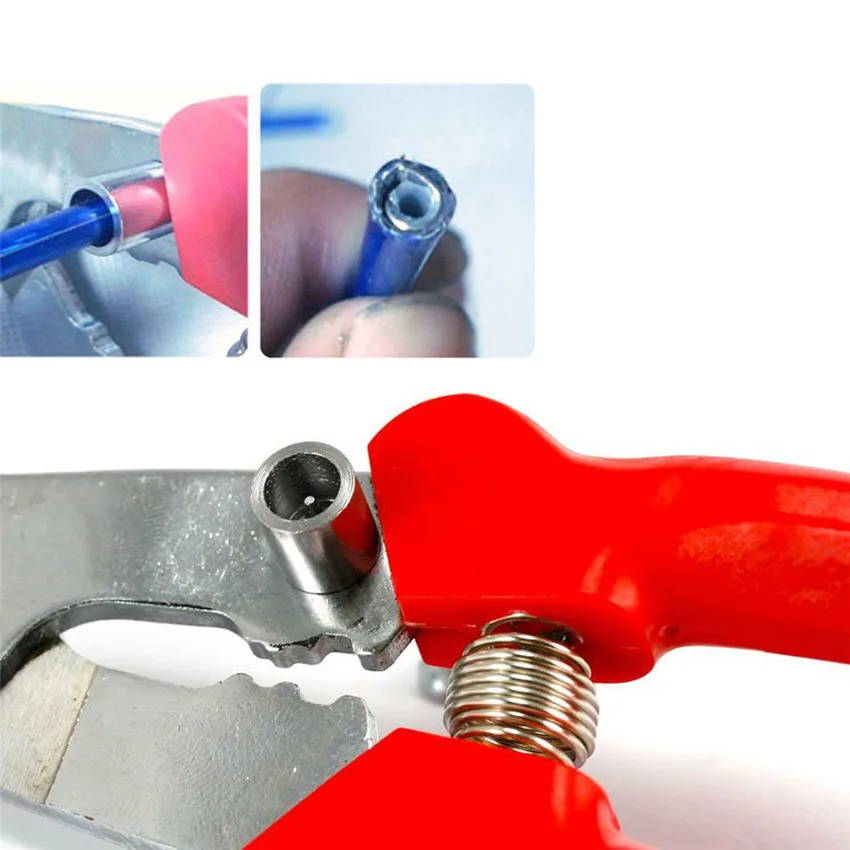 6a). In the second case, the cutter is also taken by the handle with the right hand and with continuous and uniform circular motions it is moved along the surface of the bar or stone, with the left hand pressing the cutter with a chamfer to the bar (Fig. 6b).
6a). In the second case, the cutter is also taken by the handle with the right hand and with continuous and uniform circular motions it is moved along the surface of the bar or stone, with the left hand pressing the cutter with a chamfer to the bar (Fig. 6b).
Profile and special cutters are sharpened on a board with a set of whetstones and whetstones having a suitable profile (Fig. 5). The inner surfaces are treated with smooth movements back and forth along the length of the bar or whetstone. They also sharpen the chamfers of the cutters, turning them from side to side until the burr disappears.
Fig. 7. Checking the correct sharpening of cutters
The correctness of sharpening is checked "by eye" or using a template, ruler or square, and the sharpening angle is checked with a template, and squareness - with a ruler or square. In a correctly sharpened cutter, the blade fits snugly against the ruler, without gaps (Fig.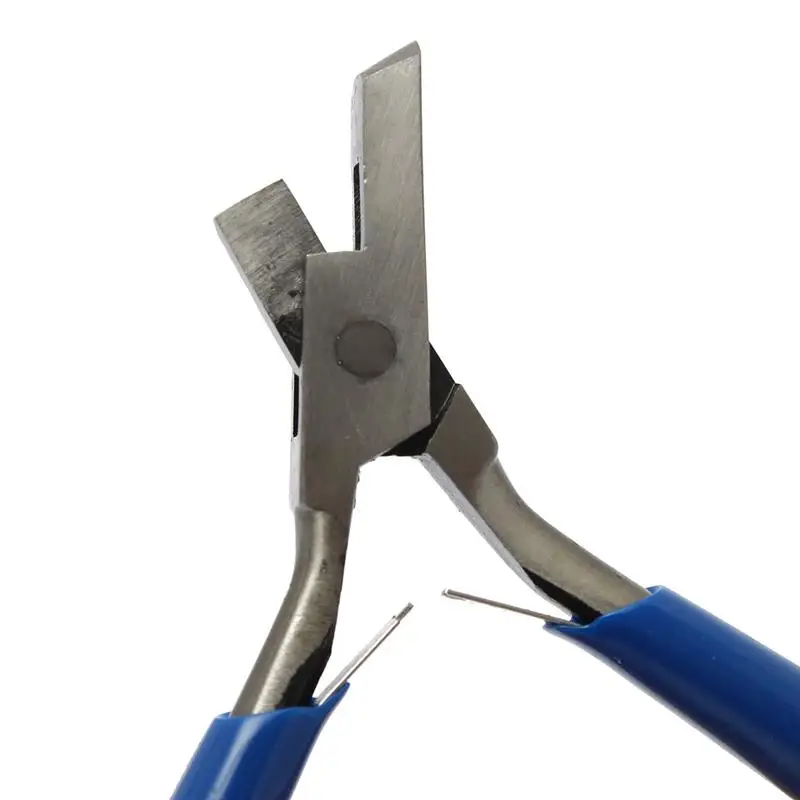 7).
7).
After the appearance of burrs, sharpening is called straightening. It is produced on a whetstone, filling board, microcorundum stone, canvas or leather belt with GOI paste.
Before straightening, the whetstone is moistened with mineral oil or kerosene. In the process of sharpening, the whetstones are oiled, and they should be periodically washed with kerosene. The blade of the chisel on the touchstone is corrected in a circular motion, but you can also edit it by moving the touchstone along the bevel of the fixed cutter.
Fig. 8. Dressing board
Fig. 9. Bars for dressing the inside of semicircular cutters
For semicircular cutters, a dressing board is made of lime, cutting transverse grooves on its surface for cutters of all sizes (Fig. 8). Before editing the cutters, a special paste or GOI paste is rubbed into the grooves of the dressing board.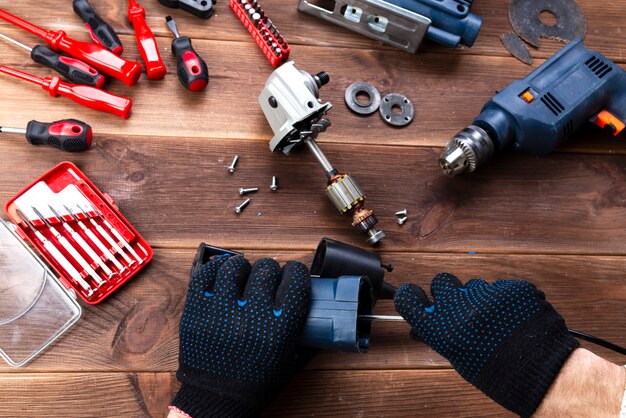
The inner parts of semicircular cutters are ruled with round wooden rods wrapped in fine sandpaper (initial dressing) or leather rubbed with polishing paste (GOI paste can be used) (Fig. 9).
After straightening the cutter, test turning must be carried out. If the blade sits somewhere (local burning of the blade during sharpening), you need to refill the cutter and test turning again.
To speed up the sharpening of the cutting part of the tool, it is allowed to slightly change the sharpening angle to a more obtuse one during its editing. However, sooner or later, at least a slight sharpening of the tool on the bar will again be required.
Commercially available GOI paste has three varieties - for coarse, medium and fine polishing. A simplified version of it can be prepared by yourself. To do this, dissolve two parts of stearin and one part of a bar of laundry soap in a tin can, add about seven parts of chromium oxide and add a little kerosene. The mixture is heated over low heat, stirring thoroughly. Then spread in a cardboard box, where it freezes. After that, it can be used for dressing cutting tools.
Then spread in a cardboard box, where it freezes. After that, it can be used for dressing cutting tools.
GOI paste can also be replaced with chromium oxide oil art paint, which is sold in stores.
Design of cutting tools
Gear cutting tools
Tool materials
Design of abrasive and diamond tools
Broaches
Strength and wear resistance of the cutting tool
Cutters
Thread forming tool
Drills
Cutting tool technology
Cutters
Mechanical engineering and metalworking
Additive technologies in mechanical engineering
Restoration and hardening of machine parts
VTI in mechanical engineering
High energy processing methods
Machine parts and basic design
Blanks in mechanical engineering
History of mechanical engineering
Engineering and design in mechanical engineering
Foundry
Machine tools
Foundry equipment
Thermal shop equipment
OMD workshop equipment
Metal forming
Machining
Organization of production in mechanical engineering
Fundamentals of Mechanical Engineering Technology
Mechanical Engineering and Metalworking Periodicals
Applied (technical) mechanics
Engineering programs
Design of engineering enterprises
Design of cutting tools
Welding and related technologies
Fitting and assembly work
Theory of mechanisms and machines (TMM)
Thermal and chemical processing
Tooling
CNC Machining Technology
Engineering economics
Operational reliability of mechanisms and machines
Encyclopedias, dictionaries, reference books
 94 MB
94 MB Textbook for vocational schools. - M.: Higher School, 1976. - 280 p.
The book provides general information about tool making: considered the device, manufacture and repair measuring and cutting tools; given information about materials for the manufacture of tools and their features thermal and chemical-thermal treatment; questions use of diamonds and diamond tools, hard and superhard synthetic materials.
Much attention is paid to summarizing the experience of using rational devices and means of mechanization of labor toolmakers.
See also
Proc.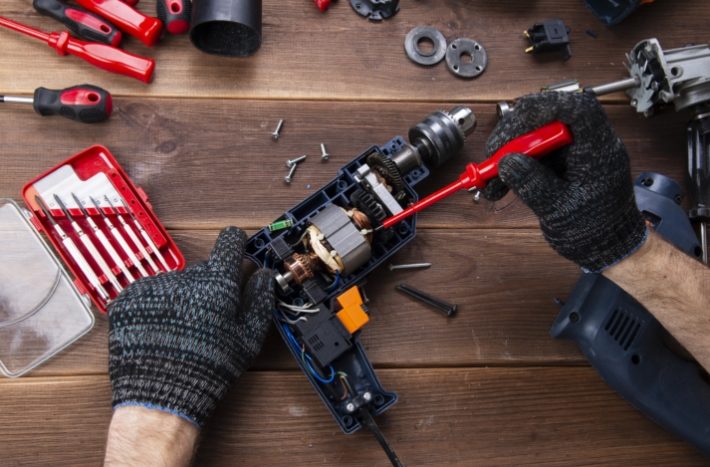 allowance. - I. N. Averyanov, A. N. Bolotein, M. A. Prokofiev; - Rybinsk: RGATA, 2010. - 220p. Il. The manual is intended for students studying in the following specialties: 151001 - Mechanical engineering technology (full-time, part-time and part-time education), 150900 - Technology, equipment and automation of machine-building production, 151002 - Metalworking machines and complexes, 160301 - Aircraft engines and power plants. In...
allowance. - I. N. Averyanov, A. N. Bolotein, M. A. Prokofiev; - Rybinsk: RGATA, 2010. - 220p. Il. The manual is intended for students studying in the following specialties: 151001 - Mechanical engineering technology (full-time, part-time and part-time education), 150900 - Technology, equipment and automation of machine-building production, 151002 - Metalworking machines and complexes, 160301 - Aircraft engines and power plants. In...
M.: Publishing house "Mashgiz", 1953. - 364 p. The first section of the book describes the technology for the production of test plates and rulers, measuring tiles, smooth and threaded gauges of various types, slotted gauges, as well as the technology for manufacturing profile gauges. The second section describes the technology for processing typical parts of devices.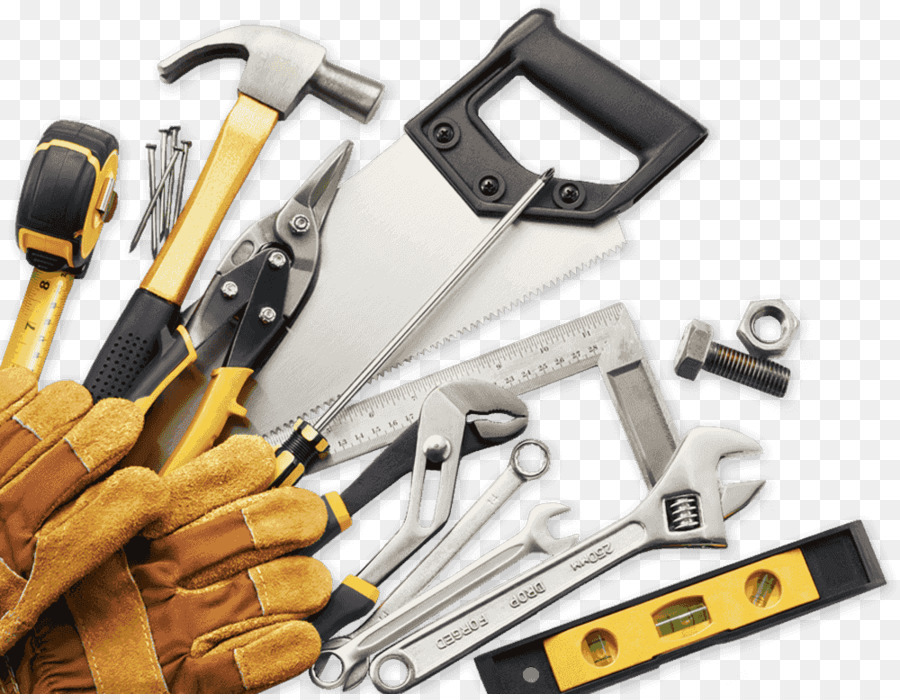 In the final part of the book, the fundamentals of instrument assembly technology are given. The book is intended for engineering and technical ...
In the final part of the book, the fundamentals of instrument assembly technology are given. The book is intended for engineering and technical ...
Dictionary
Publisher: VNIITEMR, Year: 1986, Quality: medium XXII Congress of the CPSU.
Directory
Tool Holders Tool Shelves Sliding Door Cabinet Combination Cabinet Versatile Cabinet Vertical Cabinet Tool Rack Tool Transport Cart Tool Rack Cabinet with Drawers Drawers Drawer Dividers Drawer Accessories Workbench/Workbench Mounting Block Tool Adjusters Outside the Machine
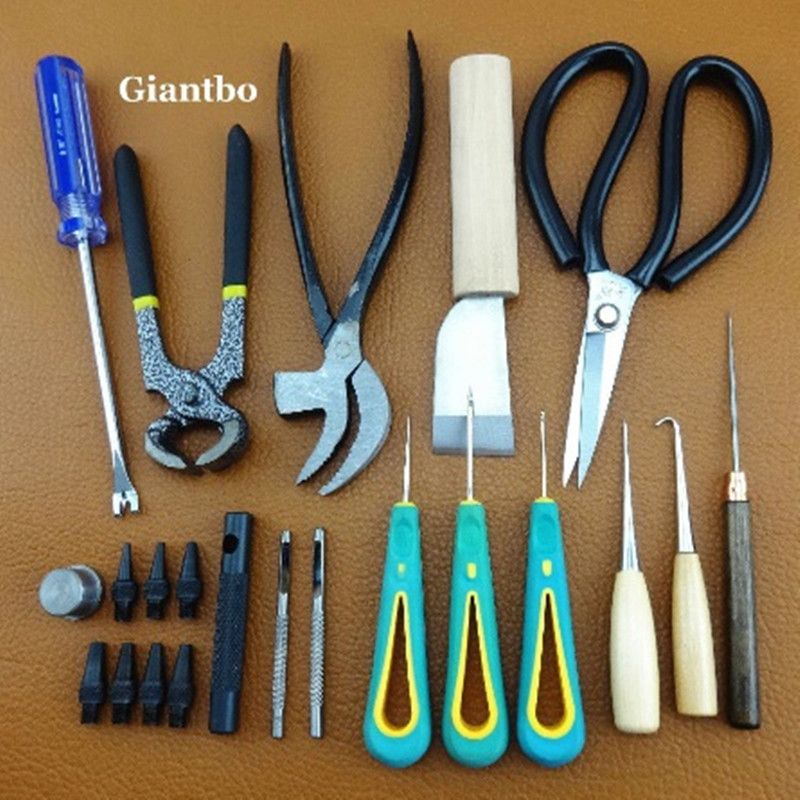 94 MB
94 MB MASHGIZ, 328 pages. Elements of parts subject to control. Means of production control. The choice of measurement method in the design of production control. Measuring devices. Construction, calculation and design of calibers. Base elements of control devices. Transfer devices. Elements of fastening of measuring devices. Movable elements of control devices. Installations and exemplary details. Project examples...
Year: 1974 Publisher: Mashinostroenie Pages: 442 The textbook outlines the fundamentals of production technology for measuring tools and instrument parts; general and specific processing methods are considered; the main provisions for the orientation of parts during their installation and fixing in fixtures are given; describes the special types of work that are the main ones in the production of measuring tools and precision parts, gives the basic concepts of mechanization and .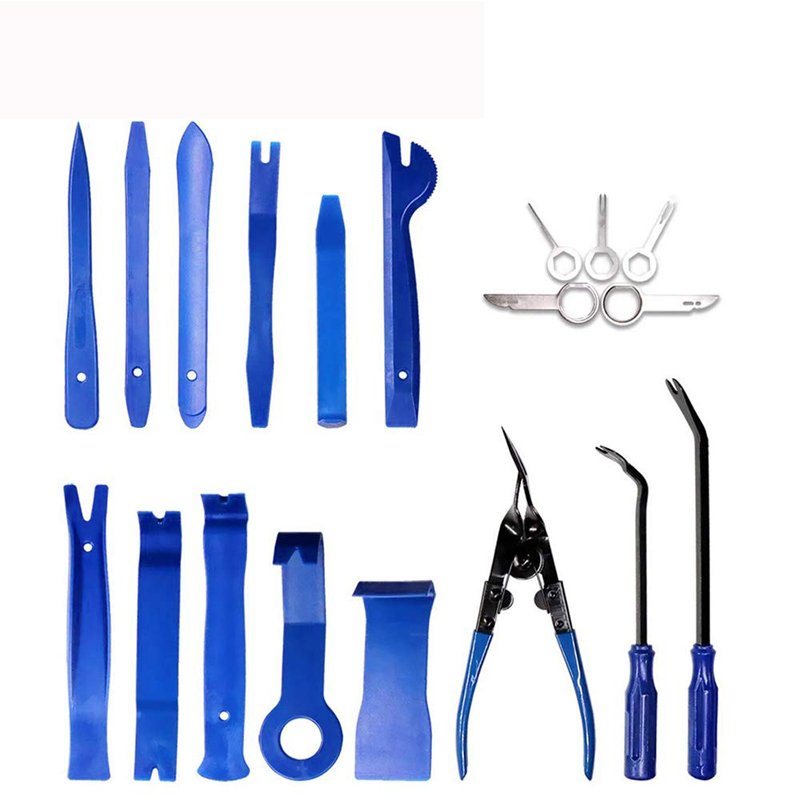 ..
..
M.: Mashinostroenie, 1965. - 92p. The book contains a method of appointment and tables of tolerances for the manufacture and wear of parts of machine tools. Tolerances are given in relation to fixtures for processing parts on turning, drilling, milling, grinding, broaching, slotting and other machines. The book is intended for designers and technologists of machine-building plants. It can also be useful for students of secondary and higher education...
General ed. Yu. S. Stepanova. - M.: Mashinostroenie, 1998. - 184 p. The album contains information on the metrological support of the manufacture of products, a brief summary of the methodological foundations for the selection and design of instrumentation, and gives the design of instrumentation in groups depending on the type of controlled parts: for housings, shafts, flanges, disks, levers and others
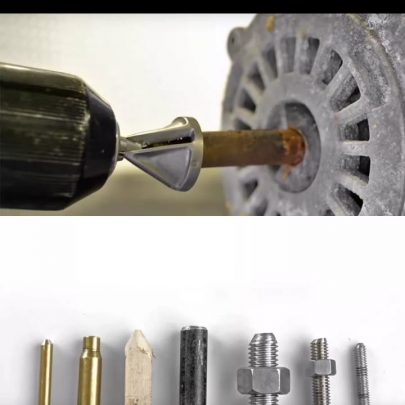 27 MB
27 MB Textbook for universities. M.: Mashinostroenie, 1998. - 184 p. The album provides information on the metrological support of the manufacture of products, briefly outlines the methodological foundations for the selection and design of control and measuring devices, gives the design of control and measuring devices in groups depending on the type of controlled parts: for housings, shafts, flanges, disks, levers, etc. The study guide is intended for st...
1952 "Technology for the manufacture of measuring instruments and instruments" The book describes the methods of manufacturing measuring instruments and parts of measuring instruments.